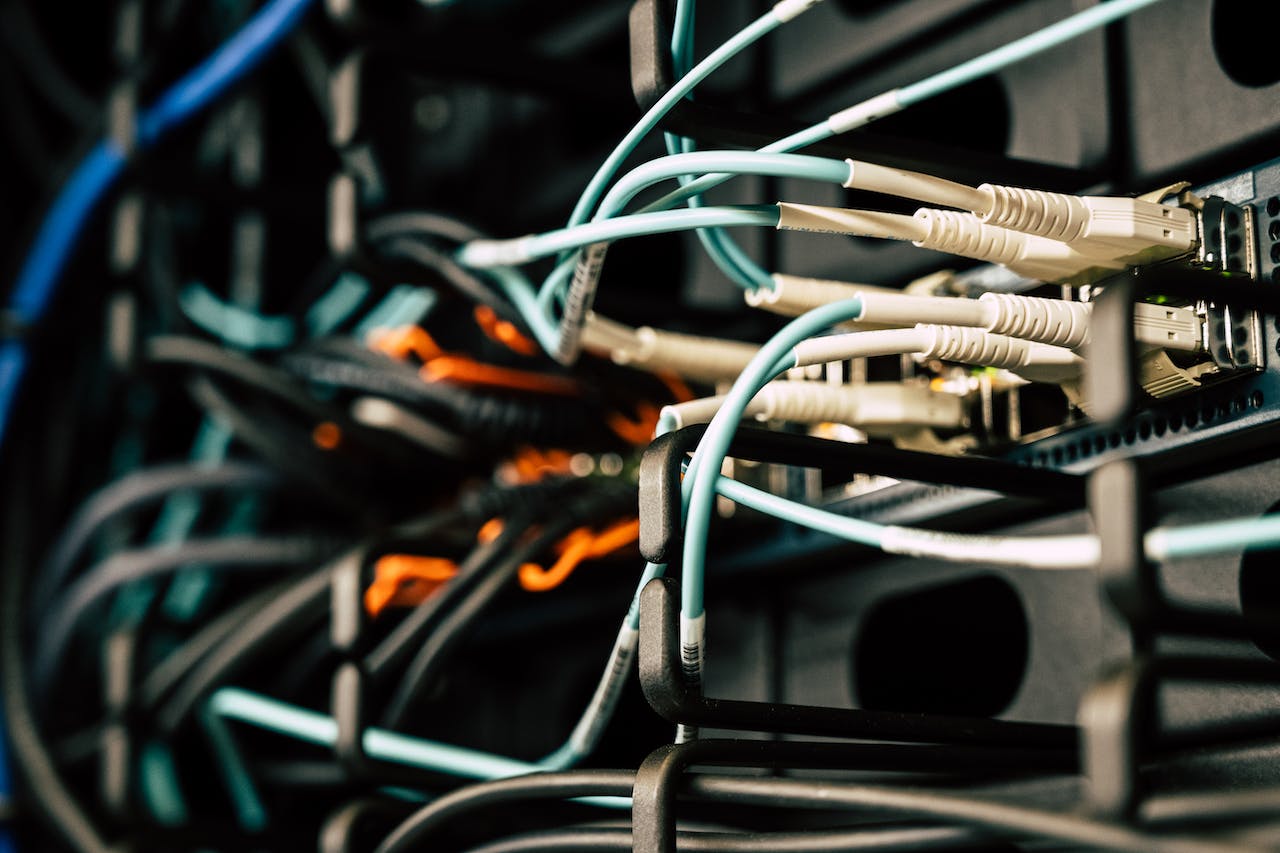You may have noticed that your computer, laptop, or mobile device has many ports with multiple connectors that allow you to plug external devices into the system. Having a proper understanding of these ports and their various connectors is essential for modern-day computing.
Whether you are looking to hook up an extra monitor for work or simply want to expand the sound capabilities of your entertainment center, knowing which port does what can make all the difference when it comes time to connect peripherals!
In this blog post, we will take a deep dive into different types of computer ports and explain their exact uses so that you can easily understand how best to use them within your own electronic setup.
What You Need to Know About USB Type-A and How It Compares to USB-C
USB (Universal Serial Bus) technology has been around for over two decades now, and it has revolutionized the way we connect and transfer data between our devices. However, the introduction of USB Type-C has sparked a new wave of excitement and confusion.
How does it compare to the traditional USB Type-A? Well, USB Type-A is the standard rectangular USB port that has been used in most devices for years. It is slower when compared to the newer USB Type-C, and it is not reversible, which means you have to ensure that you plug it in the right way.
On the other hand, USB Type-C is faster, reversible, and has better power capabilities. It is also becoming more common on newer devices, including laptops, tablets, and smartphones. So, the next time you’re in the market for a new device, make sure to check if it is compatible with USB Type-C to enjoy faster data transfer speeds and less hassle.
Pros and Cons of HDMI, Thunderbolt, and VGA Ports
HDMI, Thunderbolt, and VGA ports are all different ways to connect your computer or other devices to external displays. Each has its own pros and cons that should be considered before making a decision.
HDMI is the most common and offers high-quality video and audio on a single cable. Thunderbolt is more versatile, providing not only video and audio but also the ability to transfer data and power devices.
VGA, an older technology, is still commonly used in many devices but offers lower-quality video and does not transmit audio. Ultimately, the choice between these ports will depend on your specific needs and preferences, as each has its own benefits and drawbacks.
Exploring Different Connectivity Options for Your Computer
Mini PCs have emerged as a revolution in the computing world, offering compelling performance in a compact form factor. Despite their small size, these devices are packed with a variety of ports that allow for impressive connectivity options.
From USB Type-C for fast data transfer and charging to HDMI for high-definition display and even the versatile Thunderbolt port, Mini PCs ensure that you’re well-equipped to connect to a myriad of peripherals.
Even VGA ports may be found on certain models, ensuring compatibility with older monitor setups. So, even if your workspace is limited, with a mini PC, you don’t have to compromise on connectivity or performance.
The Benefits of Using a Wireless Router for High-Speed Connectivity
Whether it’s for work or entertainment, having a reliable and fast internet connection is a must in today’s world. And one of the best ways to achieve that is by using a wireless router for high-speed connectivity.
With a wireless router, you can connect multiple devices at once without having to deal with tangled wires or limited range. This opens up a whole world of possibilities, from streaming your favorite shows to working remotely from anywhere in your home.
Plus, unlike traditional wired connections, wireless routers allow you to connect to the internet on-the-go with portable devices such as laptops and smartphones.
Tips for Connecting Multiple Devices at Once Without Sacrificing Speed or Quality
In today’s fast-paced world, people are constantly juggling multiple devices at once. Whether it’s a laptop, smartphone, or tablet, we want all our gadgets to be connected and running smoothly without any lag or delay.
But with so many devices linked to a single network, it can be challenging to maintain high speed and quality of service. That’s where these tips for connecting multiple devices come in handy.
They cover everything from upgrading your router to choosing the right channel for your Wi-Fi network. By following these simple yet effective tips, you can ensure that all your devices run smoothly and efficiently without ever having to sacrifice speed or quality.
All in all, connecting to your devices and getting wireless internet can be a breeze with the right know-how. Whether you’re looking for an easy setup or something more advanced with top-notch speeds, there are always solutions at hand. Get started today by researching which connections fit your needs best so that you can enhance your productivity and minimize disruption!


